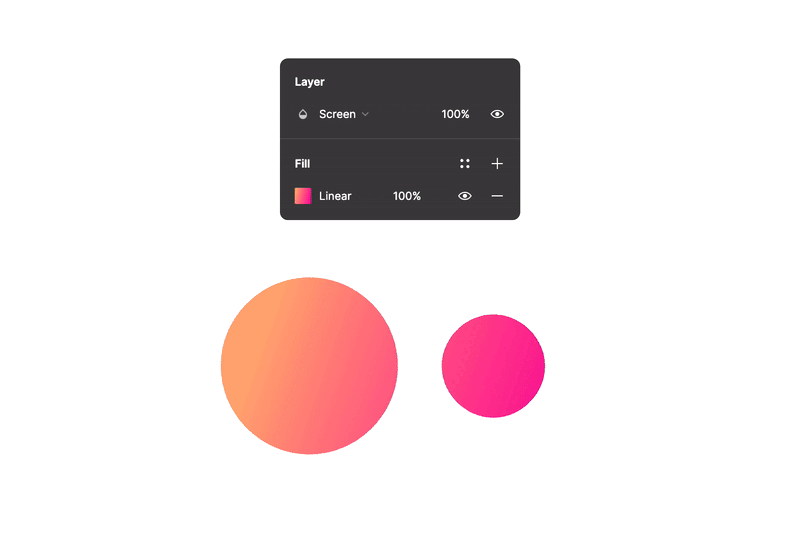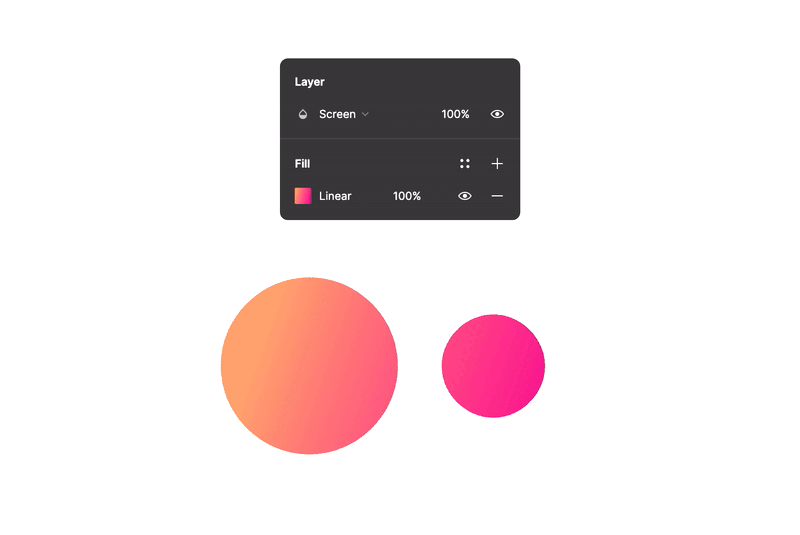In the ever-evolving landscape of web development, user experience (UX) has become the ultimate differentiator. A visually appealing and intuitive interface is no longer a luxury but a baseline expectation. Central to creating this modern UX is animation. Fluid, responsive, and meaningful motion can guide user attention, provide feedback, and create a sense of delight. While CSS transitions are powerful, they often fall short when building complex, interactive, and interruptible animations. This is where the latest React Spring News comes into focus. React Spring is a physics-based animation library that breathes life into components, enabling developers to build interfaces that feel natural and responsive. Unlike traditional duration-based animations, it simulates physical forces like tension and friction, resulting in motion that mirrors the real world. This article delves into the latest techniques, best practices, and advanced patterns for leveraging React Spring in your modern React, Next.js, or even React Native projects, ensuring your applications stand out in 2024.
The Core of React Spring: Understanding Physics-Based Animation
Before diving into complex implementations, it’s crucial to grasp the fundamental philosophy that sets React Spring apart. The latest developments in the React ecosystem, from Next.js News to updates in Vite, all emphasize performance and user experience. React Spring aligns perfectly with this trend by moving away from the rigid, timeline-based approach of keyframe animations.
Beyond Keyframes: The Philosophy of Natural Motion
Traditional animation libraries often require you to define a curve, a duration, and specific keyframes. This works well for simple transitions but becomes cumbersome for dynamic UIs where an animation might be interrupted by user input. React Spring operates on a different principle: you define the start and end states, and the library’s physics engine calculates the path. It uses a set of configurable physical properties—mass, tension, and friction—to determine how the animation behaves.
- Tension: The “stiffness” of the spring. Higher tension results in faster, more abrupt movements.
- Mass: The “weight” of the object being animated. Higher mass creates more overshoot and a bouncier effect.
- Friction: The “dampening” force. Higher friction slows the animation down more quickly, reducing bounciness.
This model makes animations inherently interruptible and realistic. If a user clicks a button mid-animation, the spring simply recalculates its path from the current position to the new target, creating a seamless and natural transition.
The useSpring Hook: Your Animation Starting Point
The most fundamental hook in the library is useSpring. It’s designed to animate a single value or a set of values from one state to another. You provide an object with the target CSS properties, and the hook returns a set of animated props that you can apply to a special animated component.
Here’s a practical example of a component that fades in and slides up on mount, a common pattern in modern web applications built with frameworks like Remix or Gatsby.
import { useSpring, animated } from '@react-spring/web';
import React from 'react';
function WelcomeCard() {
const styles = useSpring({
from: { opacity: 0, transform: 'translateY(50px)' },
to: { opacity: 1, transform: 'translateY(0px)' },
config: { tension: 280, friction: 60 }, // Fine-tune the spring physics
});
return (
<animated.div style={styles}>
<h1>Welcome to Our Application</h1>
<p>This card demonstrates a simple fade-in and slide-up animation.</p>
</animated.div>
);
}
export default WelcomeCard;In this example, we import useSpring and animated. The useSpring hook takes an object defining the from (initial) and to (final) states. The returned styles object contains animated values that are continuously updated by the physics engine. By wrapping our div in animated.div, we tell React Spring that this element can receive and apply these dynamic style properties.

Orchestrating Complex UI with Advanced Hooks
While useSpring is perfect for simple state changes, real-world applications often require more complex orchestration, such as animating lists of items or sequencing multiple animations. The latest React News often revolves around building more dynamic and data-driven interfaces, and React Spring provides powerful hooks to handle these scenarios gracefully.
Animating Lists with useTransition
One of the most common challenges in UI development is animating elements as they are added to or removed from the DOM. This is especially relevant when displaying data fetched with libraries like React Query News or Apollo Client News, where list items can change dynamically. The useTransition hook is purpose-built for this.
It takes a list of items, a key for each item, and an object defining the animation states: from, enter, and leave. It then returns a function that you can map over to render your animated components.
import React, { useState, useEffect } from 'react';
import { useTransition, animated } from '@react-spring/web';
const initialItems = [
{ id: 1, text: 'Learn React' },
{ id: 2, text: 'Explore React Spring' },
{ id: 3, text: 'Build Awesome UIs' },
];
function AnimatedList() {
const [items, setItems] = useState(initialItems);
// Example: Add a new item after 2 seconds
useEffect(() => {
const timer = setTimeout(() => {
setItems([...items, { id: 4, text: 'Master Animations' }]);
}, 2000);
return () => clearTimeout(timer);
}, [items]);
const transitions = useTransition(items, {
keys: item => item.id,
from: { opacity: 0, transform: 'translate3d(0,-40px,0)' },
enter: { opacity: 1, transform: 'translate3d(0,0px,0)' },
leave: { opacity: 0, transform: 'translate3d(0,40px,0)' },
config: { tension: 220, friction: 20 },
trail: 100, // Stagger the animations
});
return (
<div>
{transitions((style, item) => (
<animated.div style={style}>
<p>{item.text}</p>
</animated.div>
))}
</div>
);
}
export default AnimatedList;In this example, useTransition tracks the items array. When a new item is added, it animates in using the enter styles. If an item were removed, it would animate out using the leave styles before being unmounted. The trail property creates a beautiful staggered effect, making the list feel more dynamic. This pattern is incredibly powerful for everything from notification systems to dynamic dashboards. It’s also a great way to handle route transitions, a hot topic in React Router News.
Chaining and Sequencing Animations
For more cinematic effects, you might need to chain animations together, where one animation starts only after another finishes. The useChain hook allows you to orchestrate multiple spring hooks. You create refs for each animation and pass them to useChain in the desired order. This is often used with useSprings, which is optimized for creating and managing multiple springs for a list of items, but with more manual control than useTransition.
Advanced Techniques and Real-World Scenarios
As you become more comfortable with the basics, you can start exploring more advanced patterns. Combining React Spring with other libraries opens up a world of possibilities for creating highly interactive experiences, a trend we see in both web and React Native News.
Gesture-Based Animations with @use-gesture

The true power of physics-based animation shines when combined with user input. The @use-gesture library is a perfect companion to React Spring, providing powerful hooks to handle drag, pinch, scroll, and other gestures.
By combining useSpring with useDrag from @use-gesture, you can create interactive elements like draggable cards, pull-to-refresh indicators, or swipeable carousels. The gesture library provides the real-time coordinates, and React Spring handles the smooth, physics-based movement.
This example creates a card that can be dragged around and springs back to its original position when released.
import React from 'react';
import { useSpring, animated } from '@react-spring/web';
import { useDrag } from '@use-gesture/react';
function DraggableCard() {
const [{ x, y }, api] = useSpring(() => ({ x: 0, y: 0 }));
// Set up the drag gesture
const bind = useDrag(({ down, movement: [mx, my] }) => {
api.start({ x: down ? mx : 0, y: down ? my : 0, immediate: down });
});
return (
<animated.div
{...bind()}
style={{
x,
y,
touchAction: 'none', // Important for mobile performance
cursor: 'grab',
padding: '20px',
backgroundColor: 'royalblue',
color: 'white',
borderRadius: '8px',
width: '200px',
textAlign: 'center'
}}
>
Drag Me!
</animated.div>
);
}
export default DraggableCard;Here, useDrag provides the logic for tracking the user’s pointer. The down boolean tells us if the user is actively dragging, and movement provides the delta from the starting point. We use the spring’s imperative api to update the x and y values. When the user releases the card (down is false), we animate it back to (0, 0). This pattern is fundamental for building native-like experiences on the web and is a core concept in mobile development with tools like Expo and libraries such as React Native Reanimated News.
Best Practices, Testing, and Optimization
To use React Spring effectively in production, it’s important to follow best practices for performance and maintainability. The world of front-end development is constantly buzzing with performance discussions, from Vite News on build speeds to best practices for modern frameworks.
Performance Optimization Tips

- Use the Imperative API: As shown in the gesture example, using the imperative
api.start()method to update animations avoids causing your component to re-render, leading to significant performance gains in complex scenarios. - Animate
transformandopacity: These CSS properties are cheap to animate because they don’t trigger browser layout or paint operations. Whenever possible, usetransformfor movement and scaling instead of properties liketop,left,width, orheight. - Be Mindful of Spring Count: While React Spring is highly optimized, running hundreds of springs simultaneously can still impact performance, especially on lower-end devices. Use techniques like virtualization for long lists.
Testing Animated Components
Testing animations can be tricky. End-to-end tools covered in Cypress News or Playwright News are great for visual regression testing. For unit and integration tests, however, you shouldn’t test the intermediate frames of an animation. Instead, as recommended by the authors of React Testing Library News, you should test the end state. You can use Jest’s fake timers or React Spring’s own testing utilities to fast-forward animations and assert that the component is in the correct state after the animation completes. This ensures your tests are robust and not tied to the specific implementation details of the animation physics.
React Spring vs. The Competition
The animation ecosystem is rich. Another popular choice is Framer Motion. The latest Framer Motion News often highlights its declarative and easy-to-use API, which is excellent for orchestrating complex variants and layout animations. React Spring, by contrast, is lower-level and unopinionated, giving you fine-grained control over the physics. The choice often comes down to project needs: for quick, declarative animations with great layout support, Framer Motion is fantastic. For highly interactive, physics-driven UIs where interruptibility is key, React Spring excels.
Conclusion: Elevating Your UI with Physics
React Spring remains a cornerstone of the modern React animation ecosystem. Its physics-based approach provides a powerful and intuitive way to create fluid, natural, and responsive user interfaces that set applications apart. By mastering its core hooks like useSpring and useTransition, and integrating advanced patterns with gestures and imperative controls, you can tackle any animation challenge. As the React landscape continues to evolve, with constant updates across the entire stack—from state management libraries like Zustand News and Redux News to UI component kits like Tamagui News—the ability to create high-quality, performant animations will only become more critical. We encourage you to experiment with these techniques in your next project and see how a touch of physics can transform your user experience from static and rigid to dynamic and delightful.












